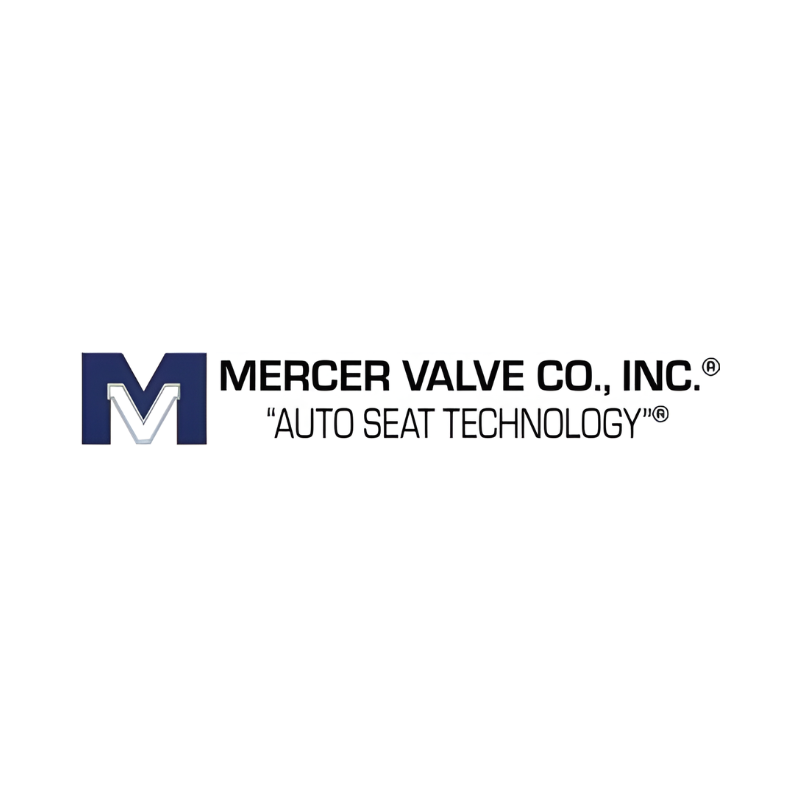Pressure Relief Valves
A pressure relief valve (PRV) is a critical safety device used in various systems and equipment. Its primary purpose is to protect against overpressure conditions by releasing excess pressure from a closed system. Here are the key points about PRVs:
Overpressure Protection:
PRVs prevent catastrophic failures due to excessive pressure buildup.
They are commonly used in steam boilers, pressure vessels, pipelines, and hydraulic systems.
How PRVs Work:
When pressure exceeds the set limit, the PRV opens to release fluid or gas.
This prevents pressure from exceeding safe levels and avoids damage to equipment.
Types of PRVs:
Spring-loaded PRVs: Use a spring to control the valve opening pressure.
Pilot-operated PRVs: Use a pilot valve to control the main valve.
Safety valves: Automatically open when pressure exceeds the set limit.
Applications:
Steam boilers: PRVs prevent boiler explosions by releasing excess steam.
Pressure vessels: Protect against rupture due to pressure buildup.
Gas pipelines: Prevent overpressure in natural gas or oil pipelines.
Hydraulic systems: Safeguard pumps, cylinders, and other components.
Maintenance:
Regular inspection and testing are crucial to ensure PRVs function properly.
PRVs should be replaced if they fail or show signs of wear.
Compliance:
PRVs must comply with industry standards and codes (e.g., ASME, API).
Proper sizing and installation are essential for effective operation.
Applications
Protection against overpressure in systems
Industries
Oil and gas, chemical processing, power generation, petrochemical, nuclear



